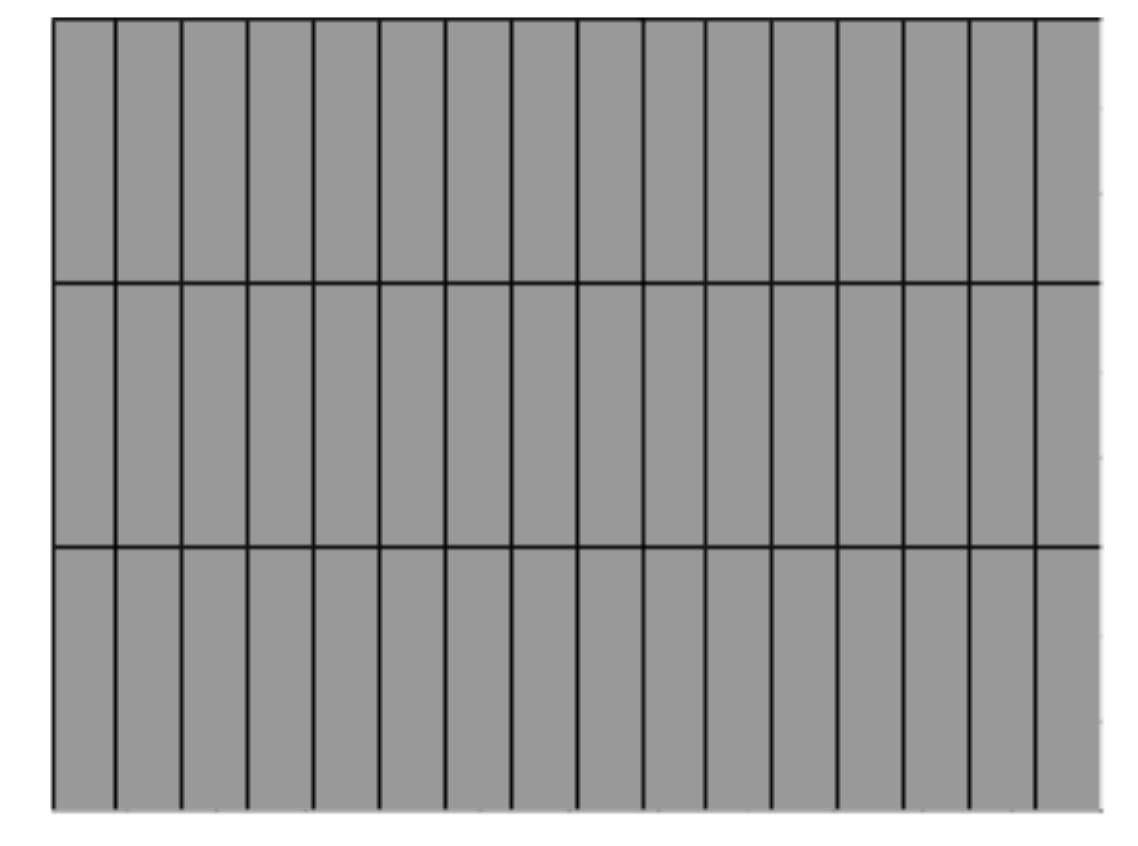Scroll for prep

Please wait…
This video is having trouble loading. You may have lost your Internet connection.
Step 1: Click to Reload this page
Step 2: Click to
Try our other video player
Step 3: Contact your teacher if trouble persists.
Or,
dismiss this message.
CONVERSEMOS:
¿Cómo podrían determinar los científicos que comían los dinosaurios estudiando sus fósiles?

Please wait…
This video is having trouble loading. You may have lost your Internet connection.
Step 1: Click to Reload this page
Step 2: Click to
Try our other video player
Step 3: Contact your teacher if trouble persists.
Or,
dismiss this message.

Please wait…
This video is having trouble loading. You may have lost your Internet connection.
Step 1: Click to Reload this page
Step 2: Click to
Try our other video player
Step 3: Contact your teacher if trouble persists.
Or,
dismiss this message.

Please wait…
This video is having trouble loading. You may have lost your Internet connection.
Step 1: Click to Reload this page
Step 2: Click to
Try our other video player
Step 3: Contact your teacher if trouble persists.
Or,
dismiss this message.
Paso
01/09
01/09
Encuentra un compañero o compañera con quien trabajar.

Please wait…
This video is having trouble loading. You may have lost your Internet connection.
Step 1: Click to Reload this page
Step 2: Click to
Try our other video player
Step 3: Contact your teacher if trouble persists.
Or,
dismiss this message.
Paso
02/09
02/09
Obtén estos materiales. Obtendrás otros más adelante.

Please wait…
This video is having trouble loading. You may have lost your Internet connection.
Step 1: Click to Reload this page
Step 2: Click to
Try our other video player
Step 3: Contact your teacher if trouble persists.
Or,
dismiss this message.
Paso
03/09
03/09
Corta a lo largo de las líneas punteadas para crear un conjunto
de tarjetas.
de tarjetas.

Please wait…
This video is having trouble loading. You may have lost your Internet connection.
Step 1: Click to Reload this page
Step 2: Click to
Try our other video player
Step 3: Contact your teacher if trouble persists.
Or,
dismiss this message.
Paso
04/09
04/09
Lee cada tarjeta de animal, y marcalas como carnívoros, herbívoros
u omnívoros. Luego ponlas en grupos, y pon a un lado las que te
sobraron.
u omnívoros. Luego ponlas en grupos, y pon a un lado las que te
sobraron.

Please wait…
This video is having trouble loading. You may have lost your Internet connection.
Step 1: Click to Reload this page
Step 2: Click to
Try our other video player
Step 3: Contact your teacher if trouble persists.
Or,
dismiss this message.
Paso
05/09
05/09
Consejo: Pon tus carnívoros en orden del más grande al más
pequeño. Debajo de ellos, alinea tus herbívoros y los omnívoros.
Por último, pon tus plantas abajo. Hazlo.
pequeño. Debajo de ellos, alinea tus herbívoros y los omnívoros.
Por último, pon tus plantas abajo. Hazlo.

Please wait…
This video is having trouble loading. You may have lost your Internet connection.
Step 1: Click to Reload this page
Step 2: Click to
Try our other video player
Step 3: Contact your teacher if trouble persists.
Or,
dismiss this message.
Paso
06/09
06/09
Esto es lo que nosotros tenemos, si quieres compararlo con
tus tarjetas.
tus tarjetas.

Please wait…
This video is having trouble loading. You may have lost your Internet connection.
Step 1: Click to Reload this page
Step 2: Click to
Try our other video player
Step 3: Contact your teacher if trouble persists.
Or,
dismiss this message.
Paso
07/09
07/09
Conversemos. Luego contesten la pregunta número uno.

Please wait…
This video is having trouble loading. You may have lost your Internet connection.
Step 1: Click to Reload this page
Step 2: Click to
Try our other video player
Step 3: Contact your teacher if trouble persists.
Or,
dismiss this message.
Paso
08/09
08/09
Esto es lo que decidimos hacer. Utiliza tus tiras de papel de
color para conectar al Tiranosaurio Rex con todo lo que
decidiste que come.
color para conectar al Tiranosaurio Rex con todo lo que
decidiste que come.

Please wait…
This video is having trouble loading. You may have lost your Internet connection.
Step 1: Click to Reload this page
Step 2: Click to
Try our other video player
Step 3: Contact your teacher if trouble persists.
Or,
dismiss this message.
Paso
09/09
09/09
Usa tiras de papel de color para conectar los animales con lo que
comen. Conéctalos con todas sus fuentes de energía.
comen. Conéctalos con todas sus fuentes de energía.

Please wait…
This video is having trouble loading. You may have lost your Internet connection.
Step 1: Click to Reload this page
Step 2: Click to
Try our other video player
Step 3: Contact your teacher if trouble persists.
Or,
dismiss this message.
CONVERSEMOS:
¿Cómo crees que el impacto de un solo asteroide pudo causar la extinción de todos los dinosaurios?

Please wait…
This video is having trouble loading. You may have lost your Internet connection.
Step 1: Click to Reload this page
Step 2: Click to
Try our other video player
Step 3: Contact your teacher if trouble persists.
Or,
dismiss this message.
Paso
01/05
01/05
Dibuja flechas en todas las tiras de papel para mostrar cómo
obtiene energía cada animal.
obtiene energía cada animal.

Please wait…
This video is having trouble loading. You may have lost your Internet connection.
Step 1: Click to Reload this page
Step 2: Click to
Try our other video player
Step 3: Contact your teacher if trouble persists.
Or,
dismiss this message.
Paso
02/05
02/05
Revisa tus flechas. Si pusiste alguna en la dirección equivocada, solo
tienes que voltearlas, así.
tienes que voltearlas, así.

Please wait…
This video is having trouble loading. You may have lost your Internet connection.
Step 1: Click to Reload this page
Step 2: Click to
Try our other video player
Step 3: Contact your teacher if trouble persists.
Or,
dismiss this message.
Paso
03/05
03/05
La red alimenticia muestra de dónde obtienen su
energía. Conversemos:
energía. Conversemos:

Please wait…
This video is having trouble loading. You may have lost your Internet connection.
Step 1: Click to Reload this page
Step 2: Click to
Try our other video player
Step 3: Contact your teacher if trouble persists.
Or,
dismiss this message.
Paso
04/05
04/05
Conecta la tarjeta de la luz solar con las plantas usando una tira
de papel. Dibuja una flecha para demostrar el flujo de la energía.
de papel. Dibuja una flecha para demostrar el flujo de la energía.

Please wait…
This video is having trouble loading. You may have lost your Internet connection.
Step 1: Click to Reload this page
Step 2: Click to
Try our other video player
Step 3: Contact your teacher if trouble persists.
Or,
dismiss this message.
Paso
05/05
05/05
Conversemos:

Please wait…
This video is having trouble loading. You may have lost your Internet connection.
Step 1: Click to Reload this page
Step 2: Click to
Try our other video player
Step 3: Contact your teacher if trouble persists.
Or,
dismiss this message.

Please wait…
This video is having trouble loading. You may have lost your Internet connection.
Step 1: Click to Reload this page
Step 2: Click to
Try our other video player
Step 3: Contact your teacher if trouble persists.
Or,
dismiss this message.
Paso
01/08
01/08
Pon uno de los pedazos de papel negros sobre la tarjeta de
luz solar.
luz solar.

Please wait…
This video is having trouble loading. You may have lost your Internet connection.
Step 1: Click to Reload this page
Step 2: Click to
Try our other video player
Step 3: Contact your teacher if trouble persists.
Or,
dismiss this message.
Paso
02/08
02/08
Conversemos:

Please wait…
This video is having trouble loading. You may have lost your Internet connection.
Step 1: Click to Reload this page
Step 2: Click to
Try our other video player
Step 3: Contact your teacher if trouble persists.
Or,
dismiss this message.
Paso
03/08
03/08
Usa una tira de papel negra para bloquear la flecha del sol hacia las
plantas verdes. Luego pon una tira negra sobre cada una de las
flechas que salen de las plantas.
plantas verdes. Luego pon una tira negra sobre cada una de las
flechas que salen de las plantas.

Please wait…
This video is having trouble loading. You may have lost your Internet connection.
Step 1: Click to Reload this page
Step 2: Click to
Try our other video player
Step 3: Contact your teacher if trouble persists.
Or,
dismiss this message.
Paso
04/08
04/08
Conversemos:

Please wait…
This video is having trouble loading. You may have lost your Internet connection.
Step 1: Click to Reload this page
Step 2: Click to
Try our other video player
Step 3: Contact your teacher if trouble persists.
Or,
dismiss this message.
Paso
05/08
05/08
Conversemos:

Please wait…
This video is having trouble loading. You may have lost your Internet connection.
Step 1: Click to Reload this page
Step 2: Click to
Try our other video player
Step 3: Contact your teacher if trouble persists.
Or,
dismiss this message.
Paso
06/08
06/08
Contesta la pregunta número dos en tu hoja de trabajo.

Please wait…
This video is having trouble loading. You may have lost your Internet connection.
Step 1: Click to Reload this page
Step 2: Click to
Try our other video player
Step 3: Contact your teacher if trouble persists.
Or,
dismiss this message.
Paso
07/08
07/08
Conversemos:

Please wait…
This video is having trouble loading. You may have lost your Internet connection.
Step 1: Click to Reload this page
Step 2: Click to
Try our other video player
Step 3: Contact your teacher if trouble persists.
Or,
dismiss this message.
Paso
08/08
08/08
Contesta la pregunta número tres en tu hoja de trabajo. Después
ve el último video.
ve el último video.

Please wait…
This video is having trouble loading. You may have lost your Internet connection.
Step 1: Click to Reload this page
Step 2: Click to
Try our other video player
Step 3: Contact your teacher if trouble persists.
Or,
dismiss this message.
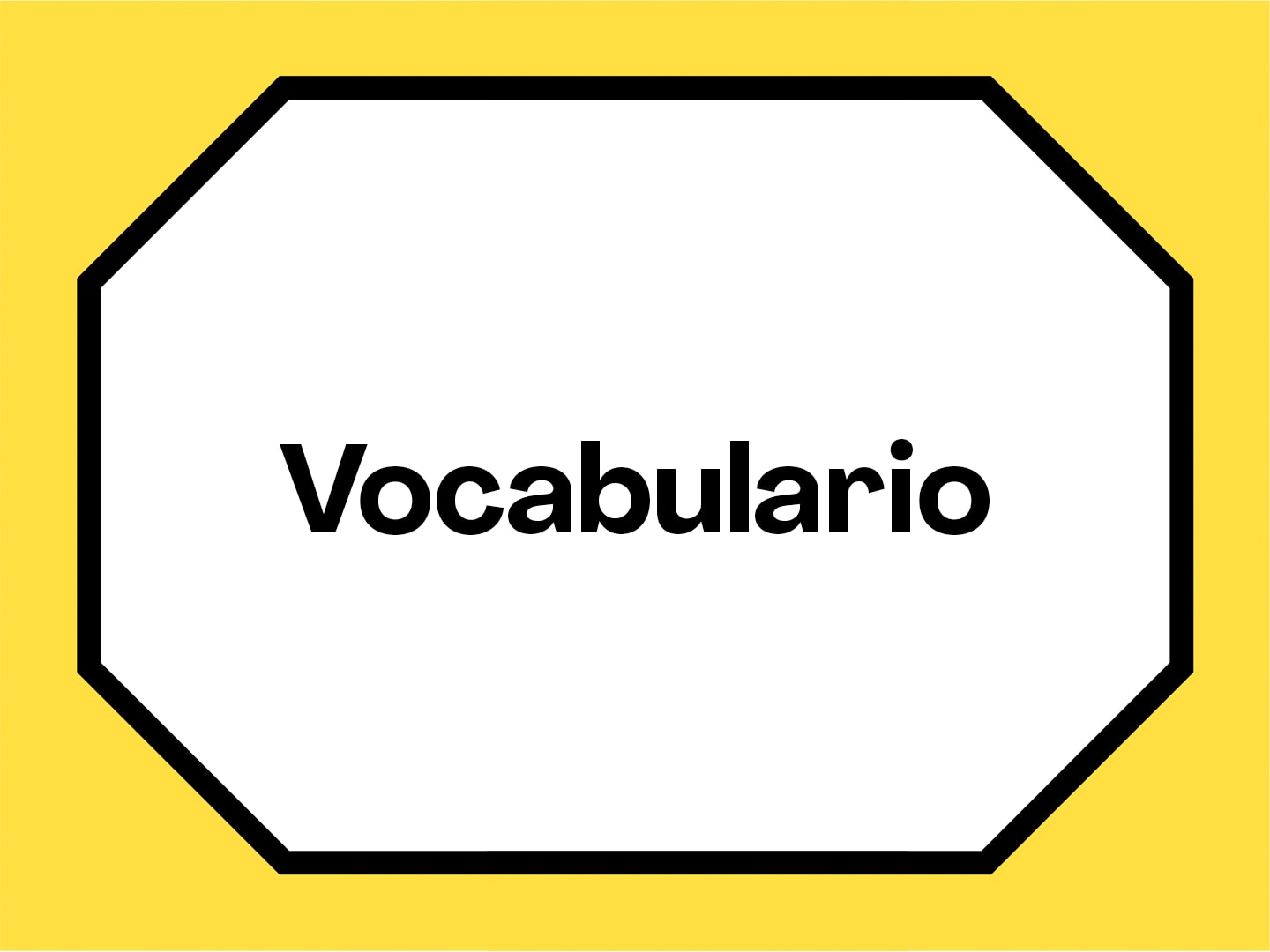
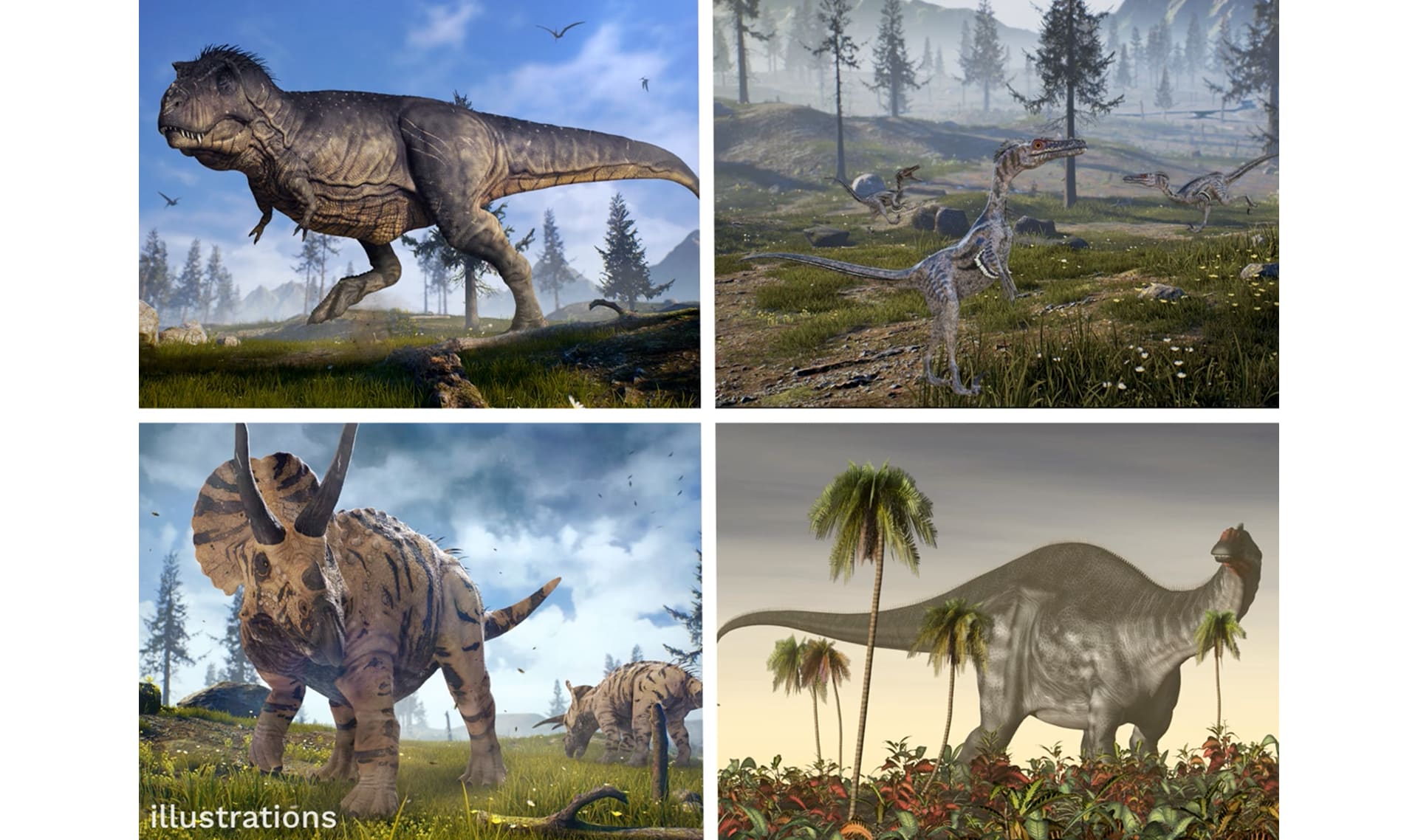
organismo
1 de 17
cualquier ser vivo

productor
2 de 17
un ser vivo que produce su propia comida
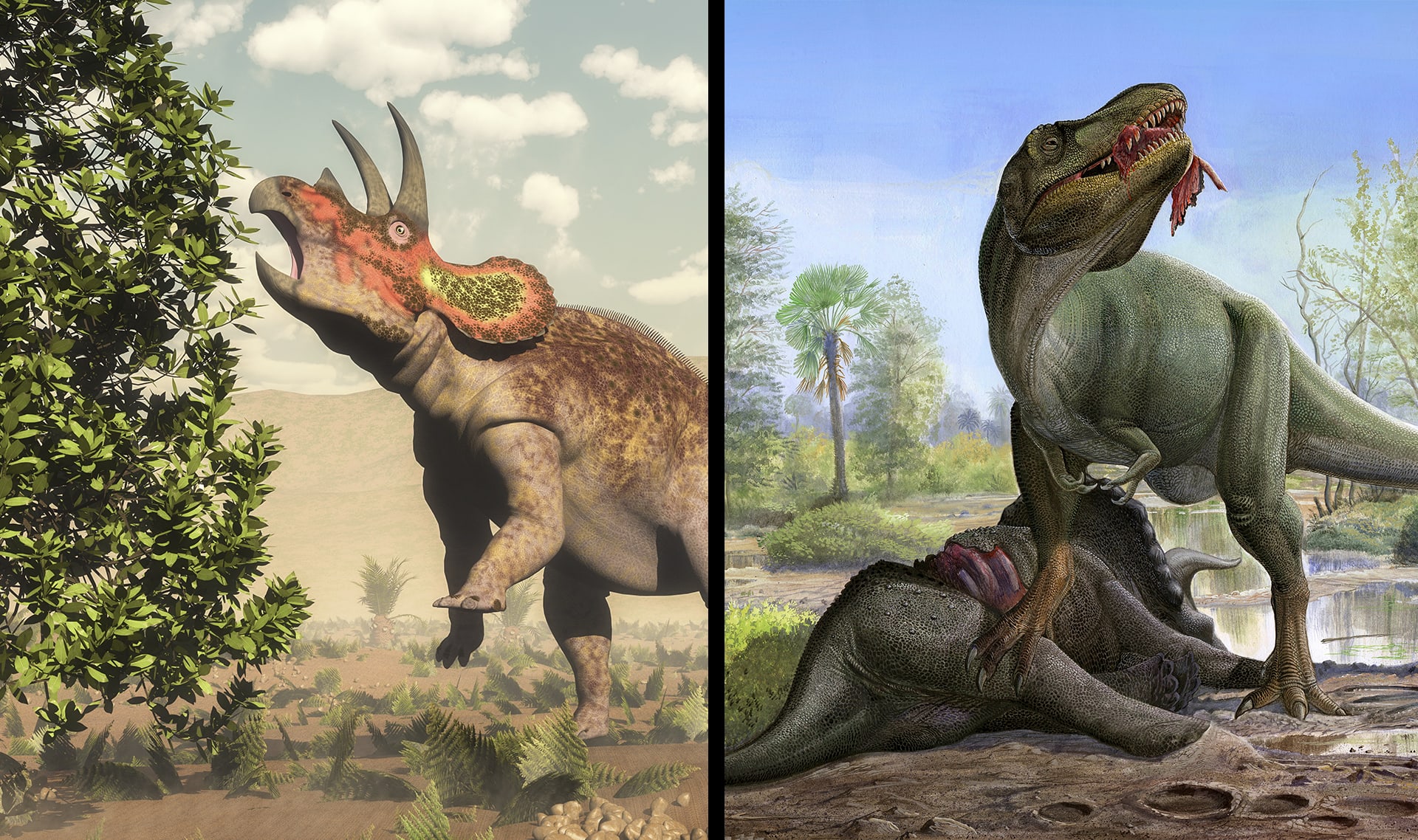
consumidor
3 de 17
un ser vivo que se come a otros seres vivos
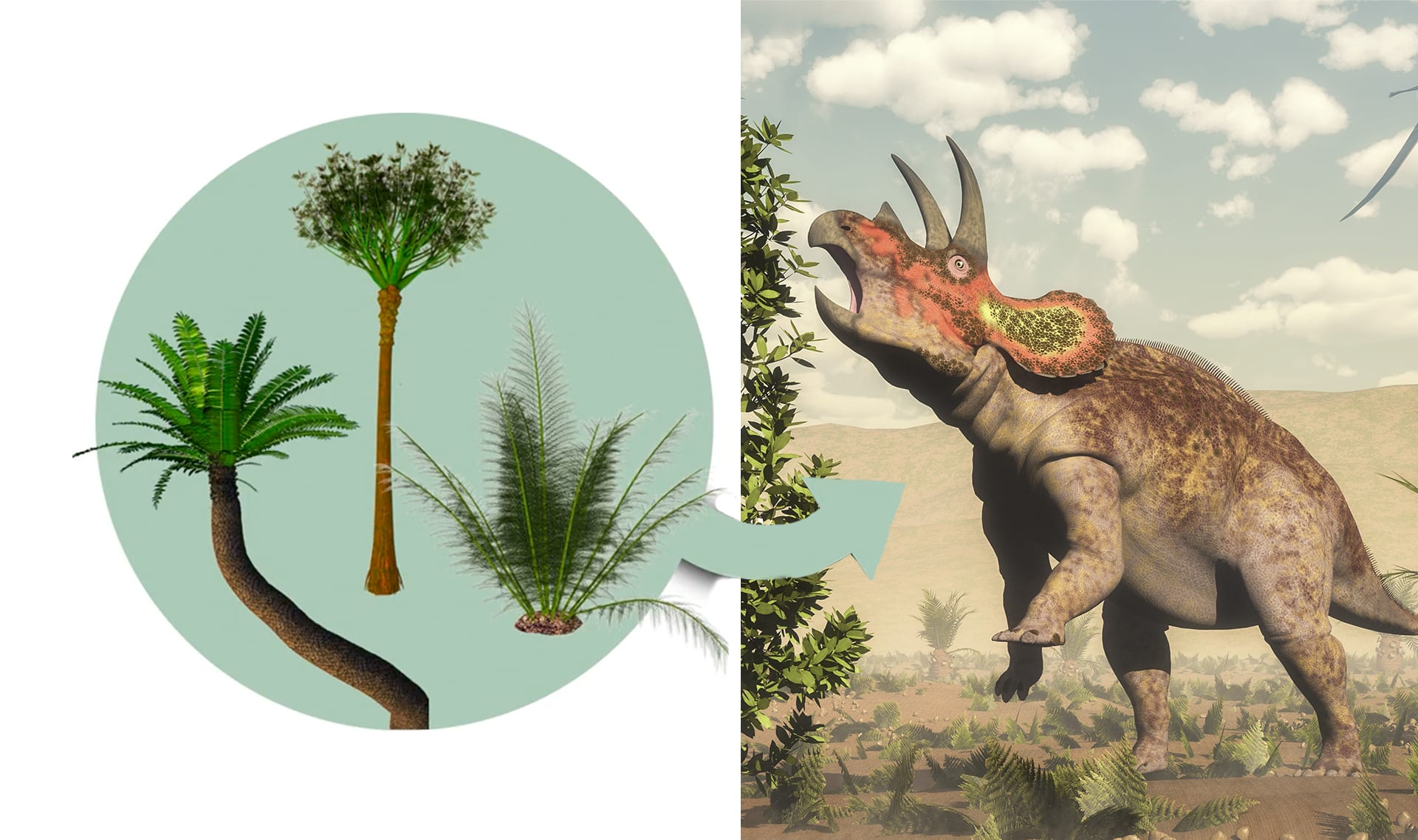
herbívoro
4 de 17
un animal que solo come plantas
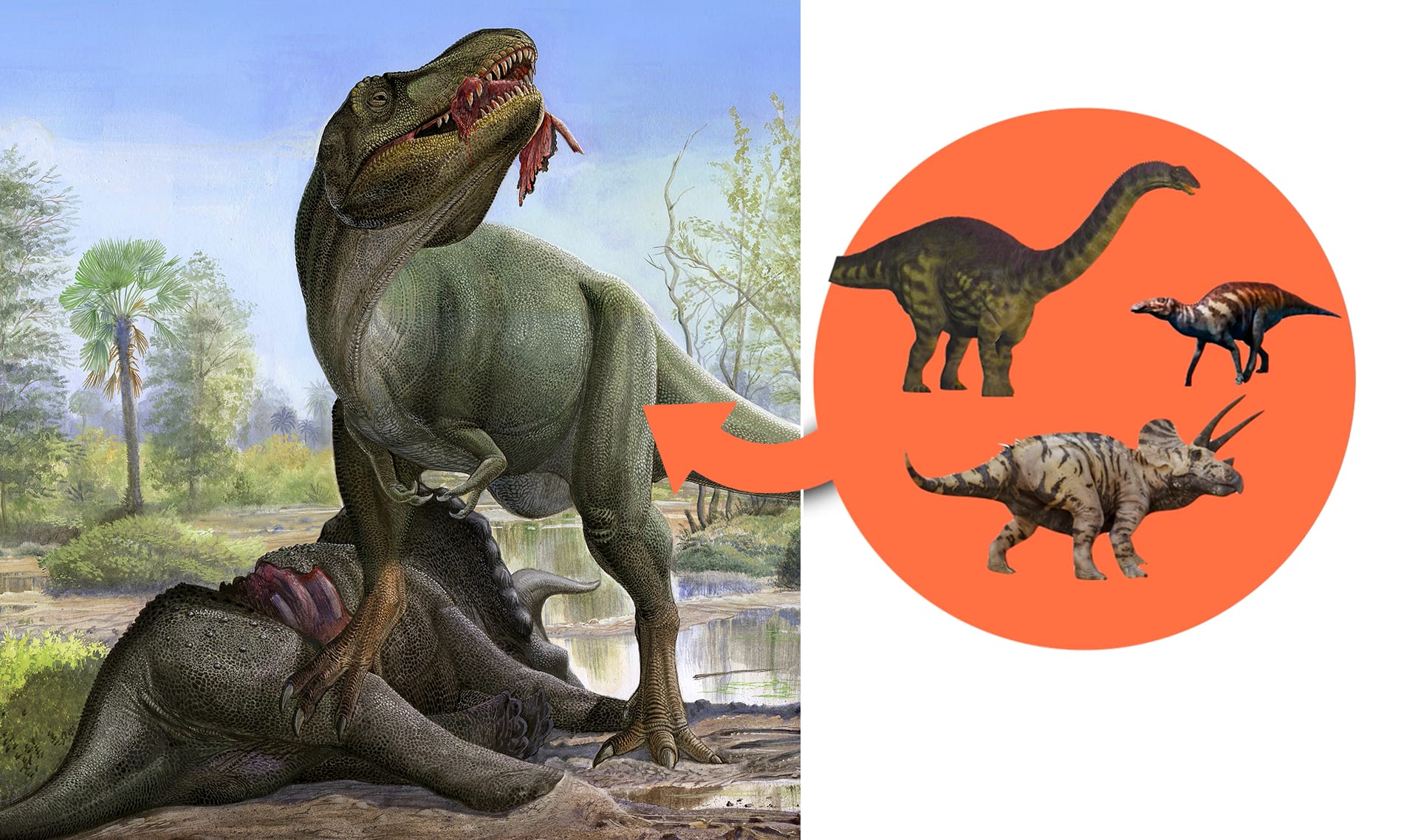
carnívoro
5 de 17
un tipo de animal que solo se como a otros animales

omnívoro
6 de 17
un animal que come plantas y animales
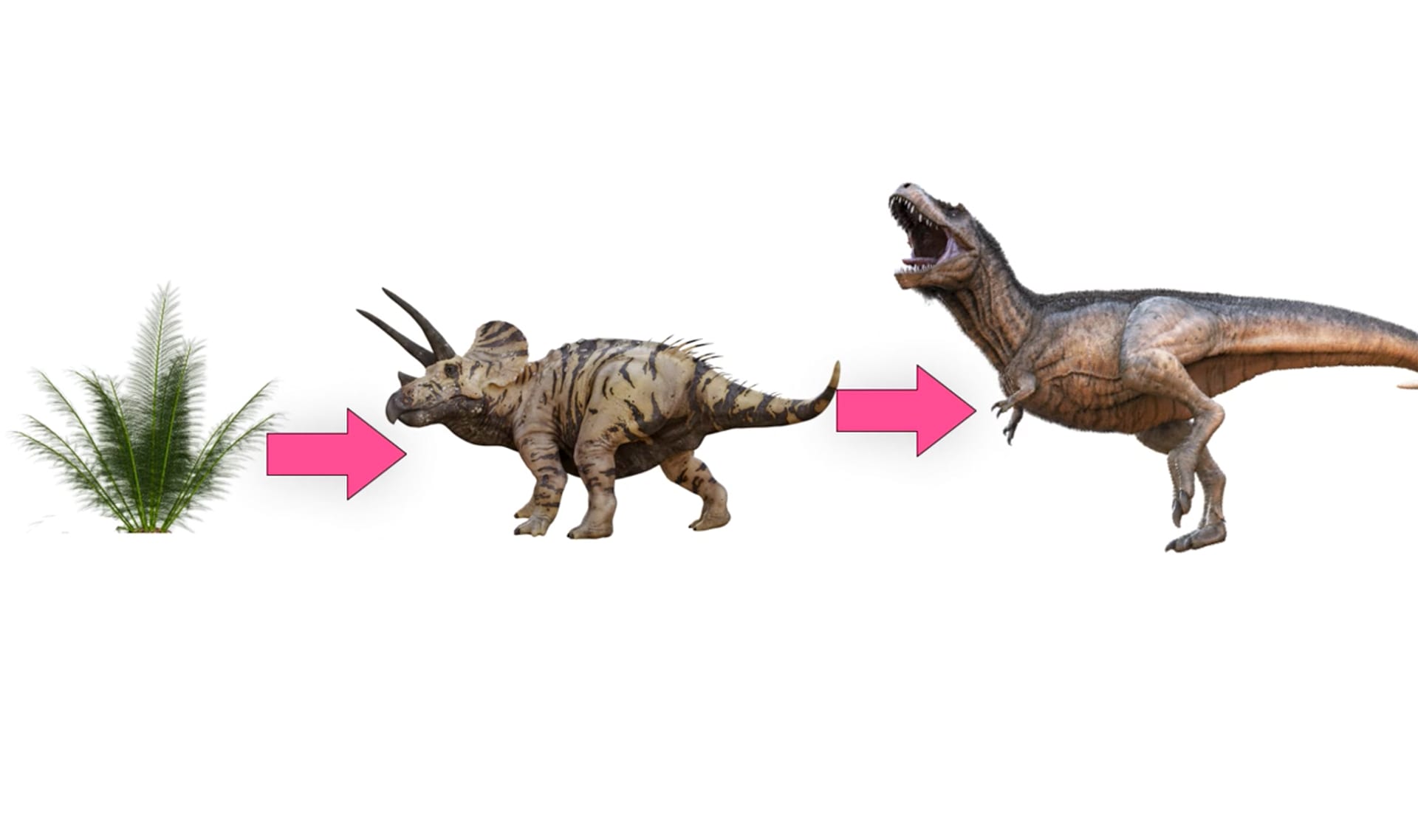
cadena alimenticia
7 de 17
la manera en la que los seres vivientes están conectados en base a lo que comen y quién se los come
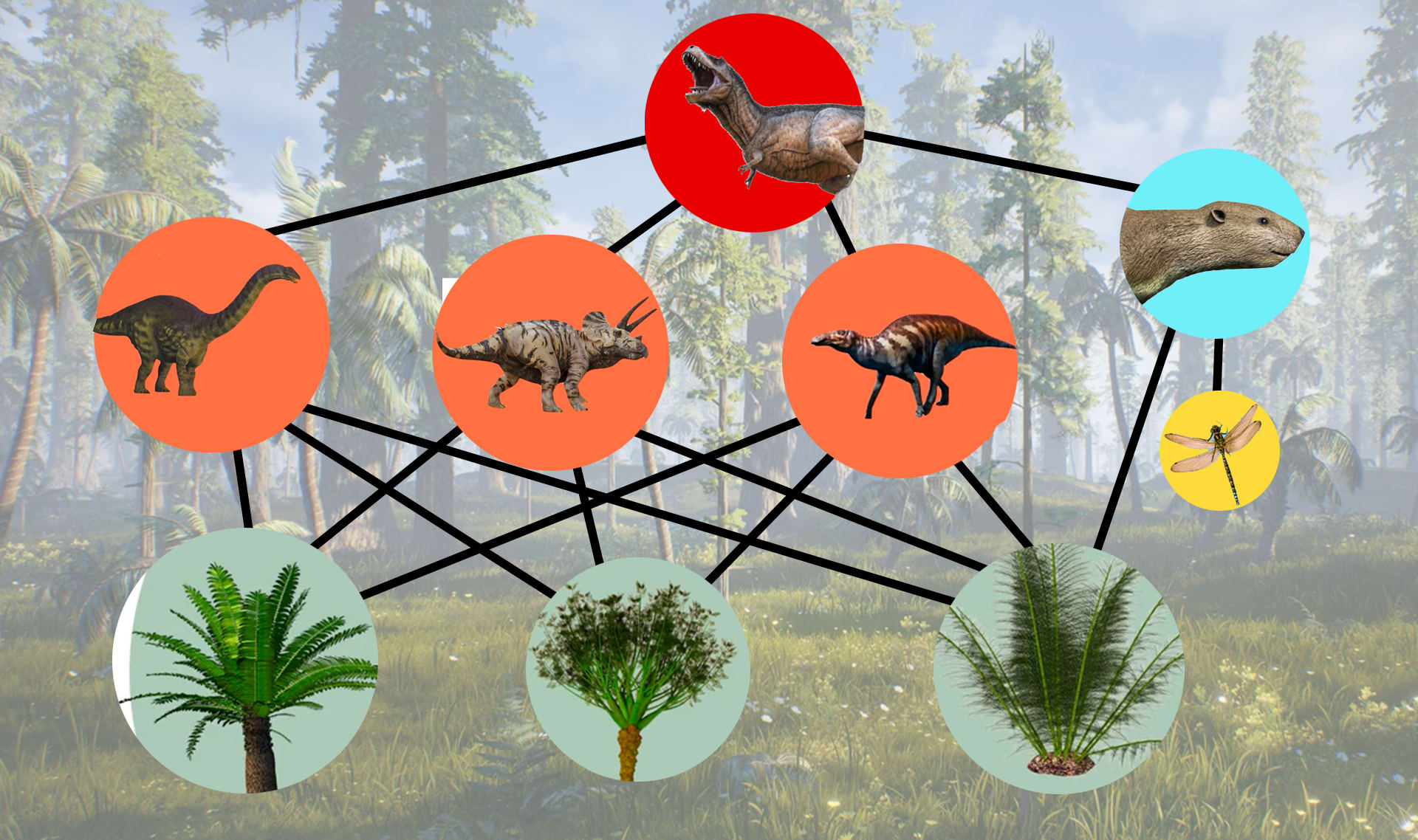
red alimenticia
8 de 17
un conjunto de las cadenas alimenticias que se encuentran en un lugar
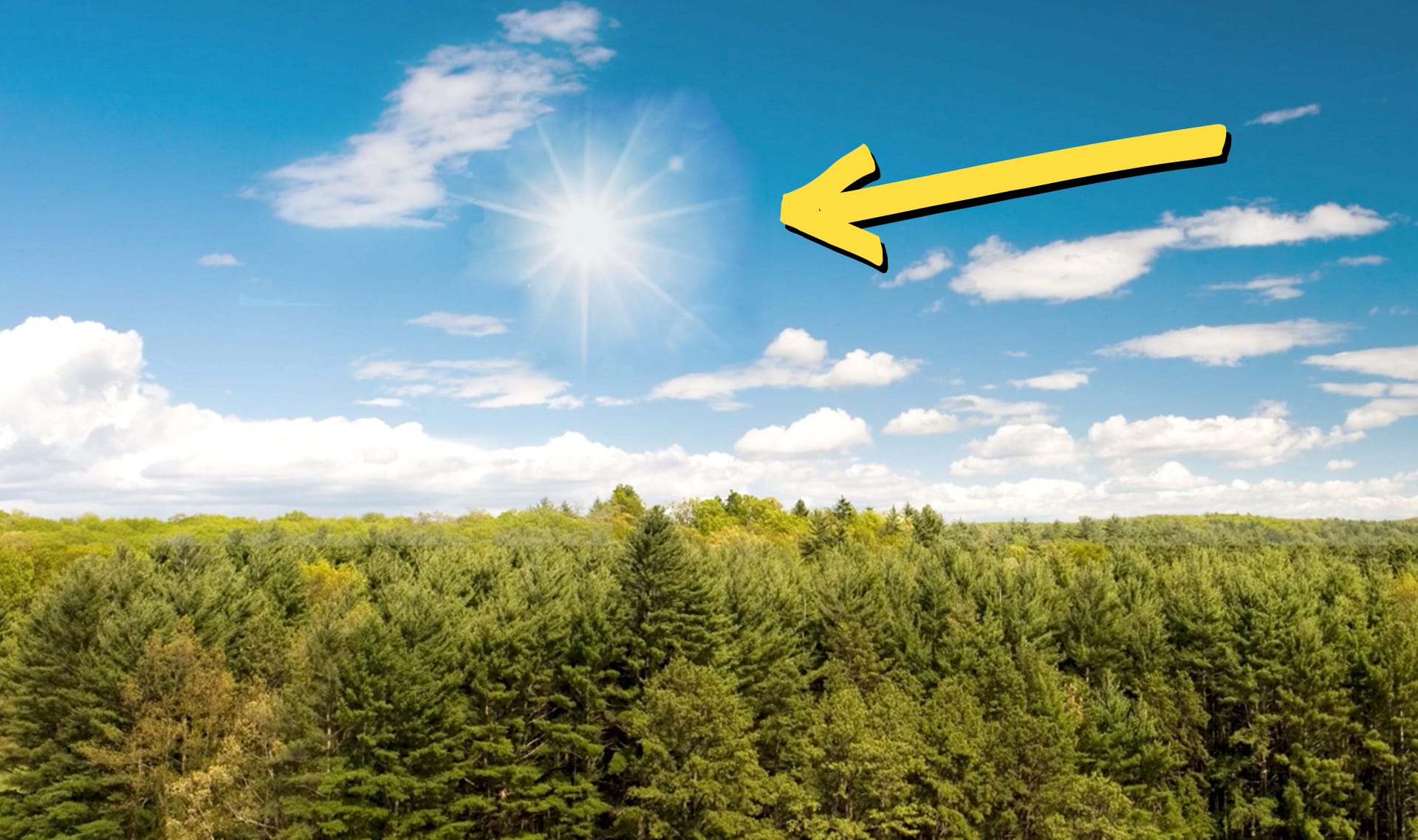
energía solar
9 de 17
energía que proviene del Sol y que provee energía a las plantas y a los consumidores que se comen esas plantas
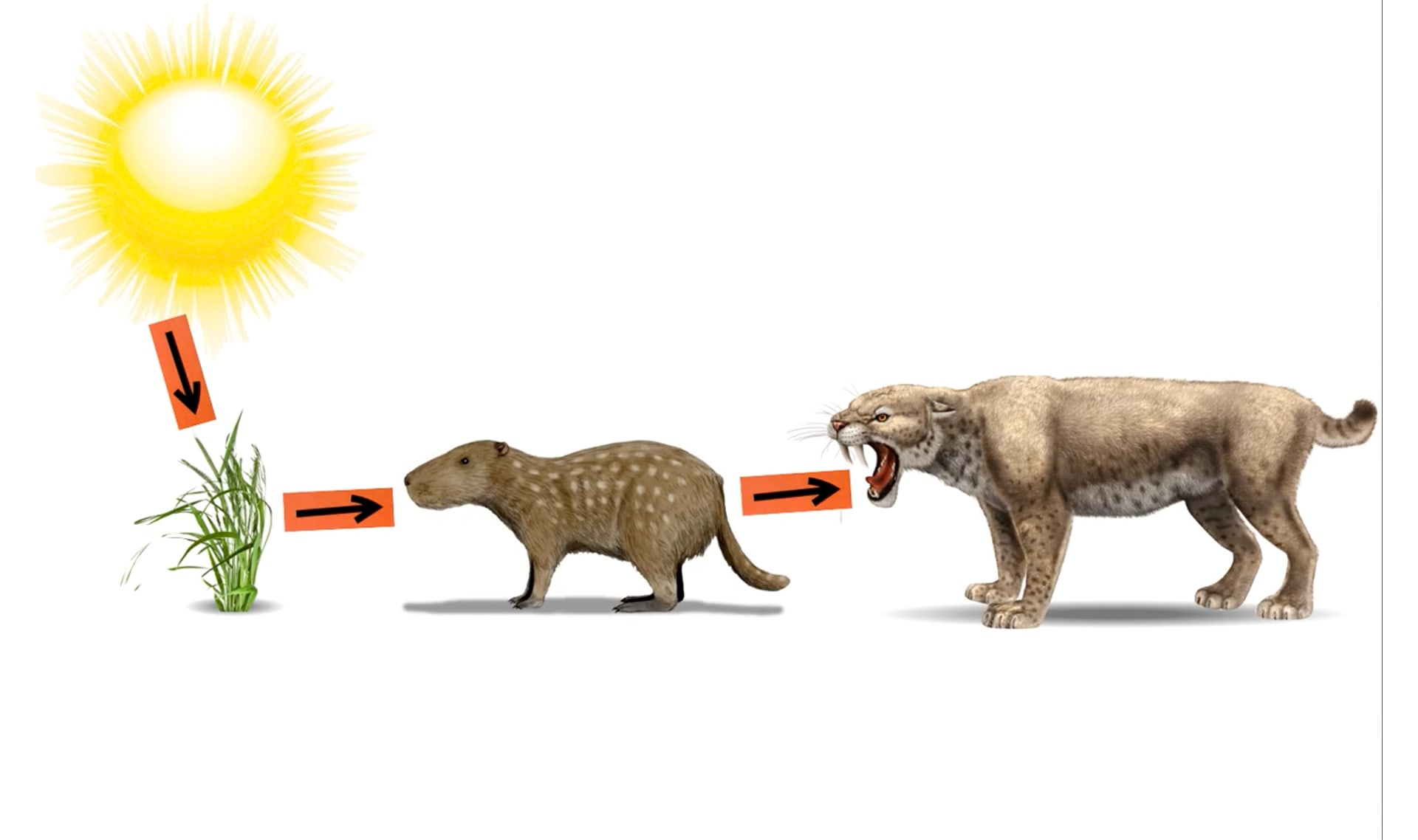
flujo de energía
10 de 17
el movimiento de energía de un ser vivo a otro
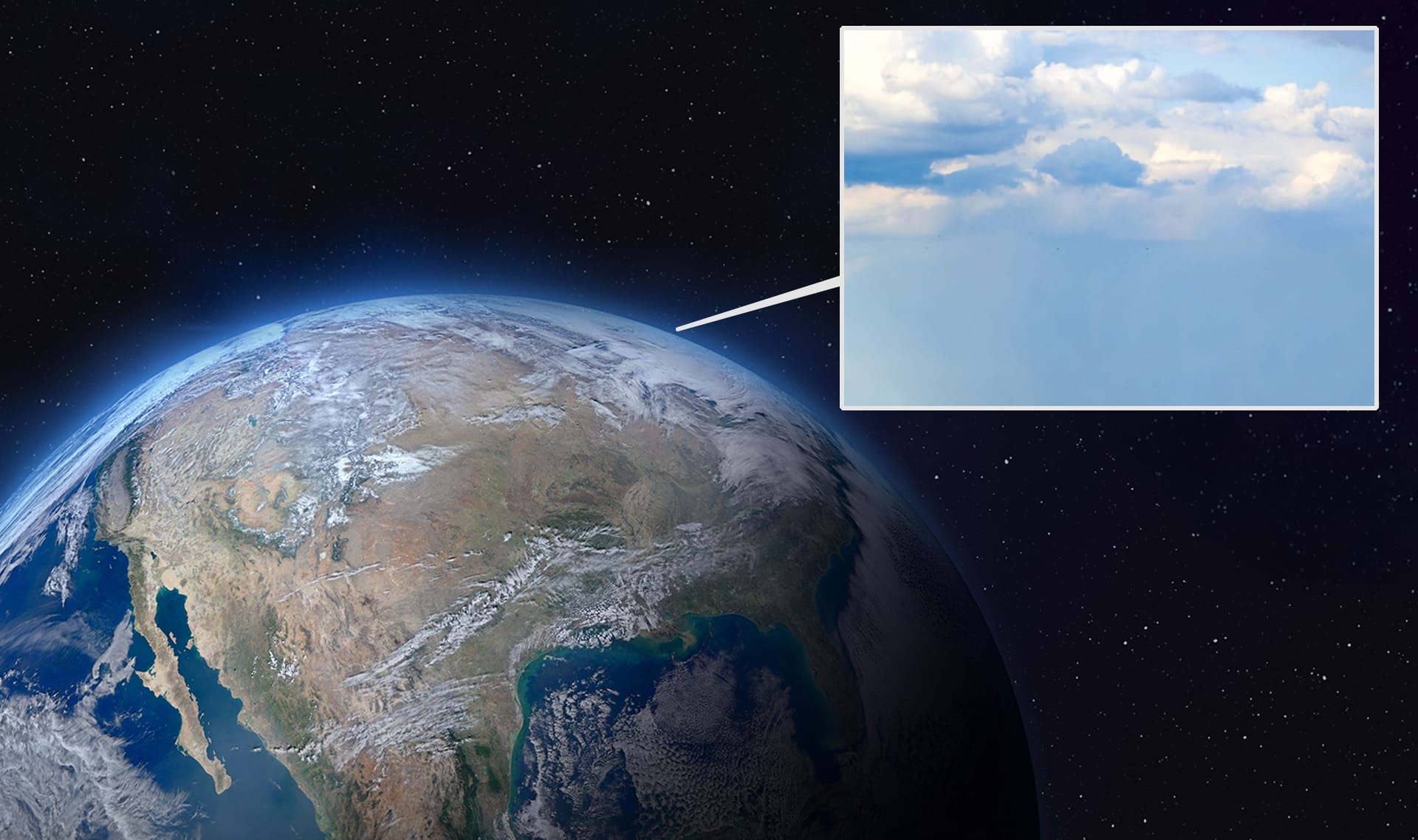
atmósfera
11 de 17
los gases que rodean todo un planeta
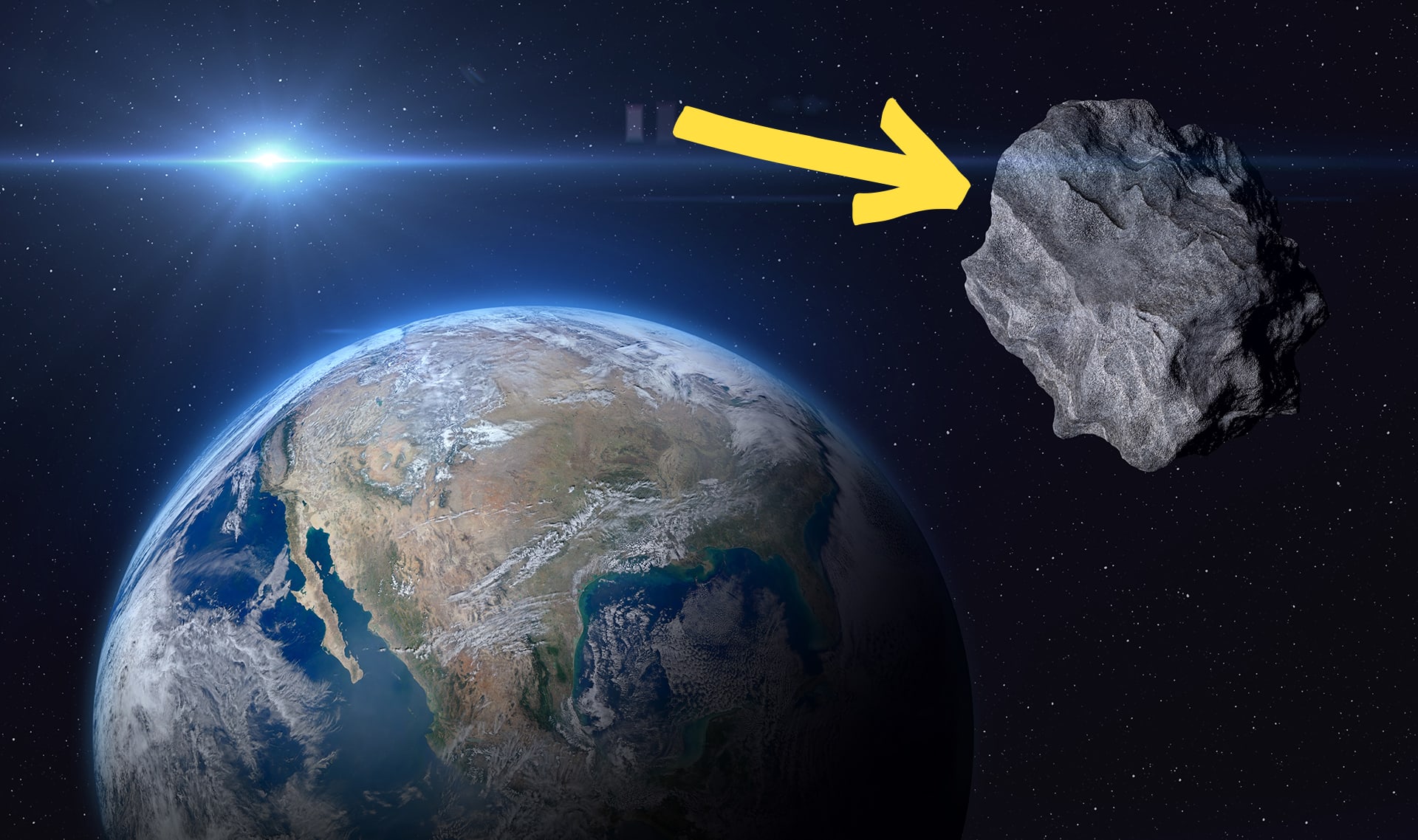
asteroide
12 de 17
un objeto rocoso que se encuentra en el espacio exterior
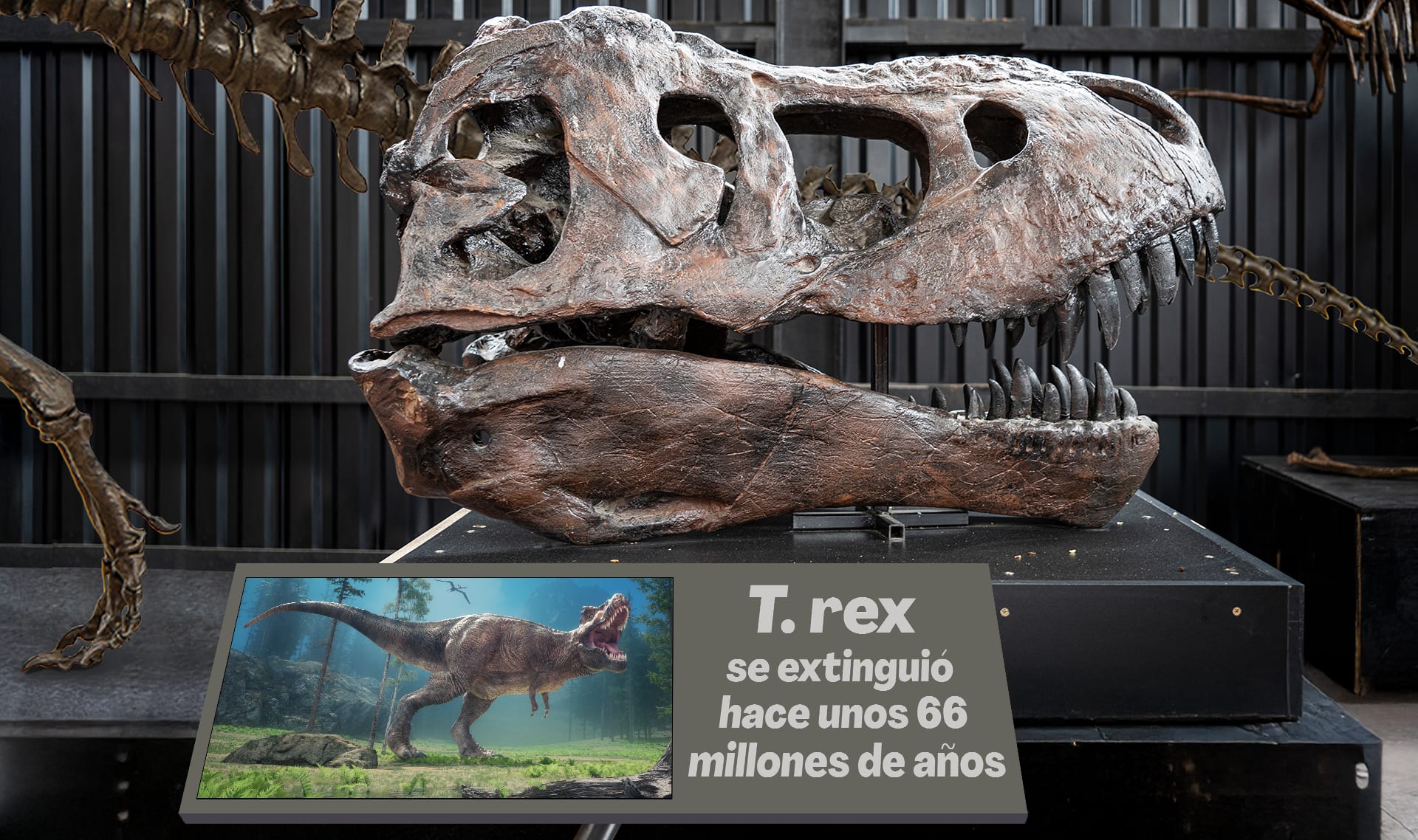
extinto/a
13 de 17
un ser viviente que vivía en la Tierra hace mucho pero ya no existe

fósil
14 de 17
los restos de una planta o un animal que se murió hace muchísimo tiempo
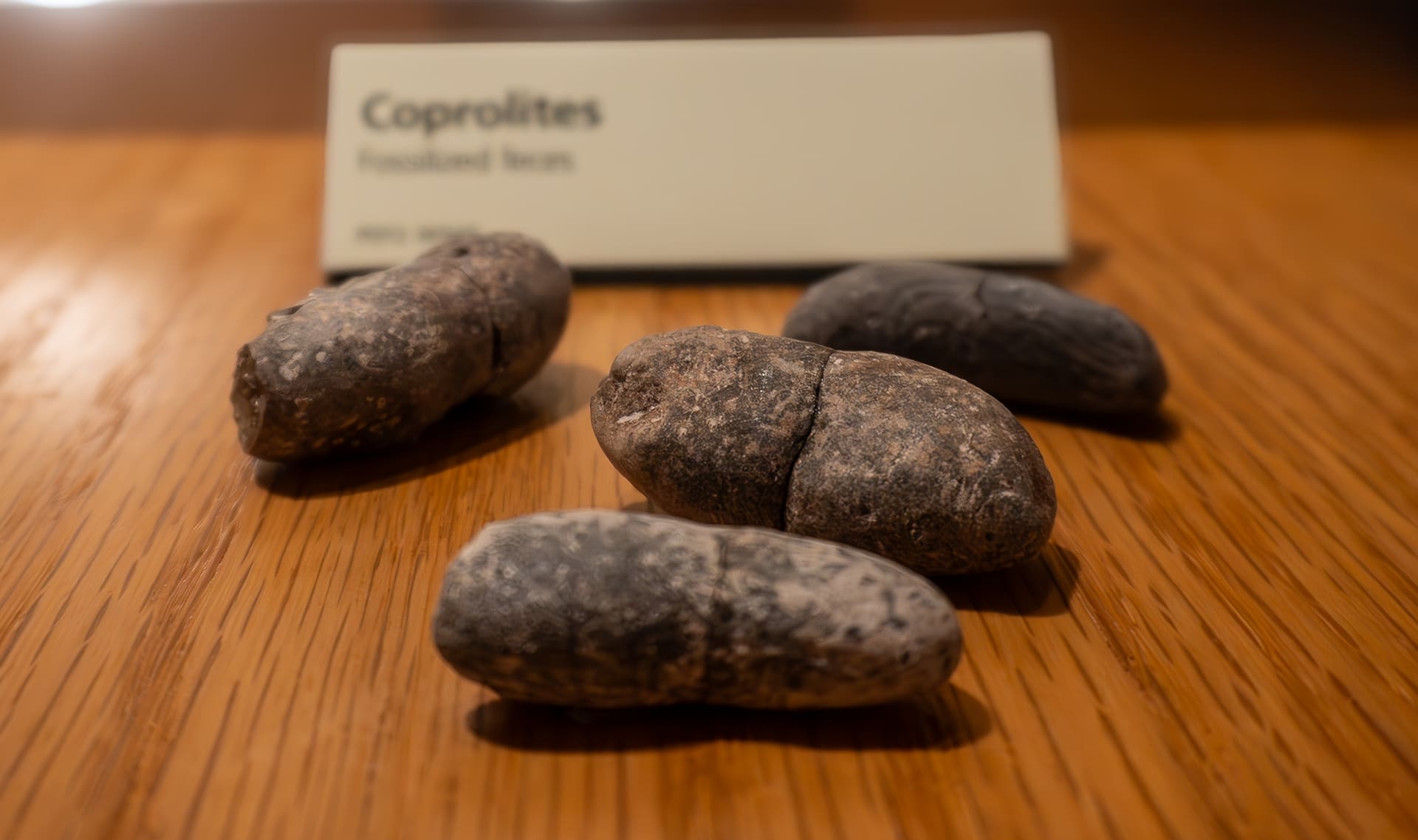
coprolito
15 de 17
popó fosilizada
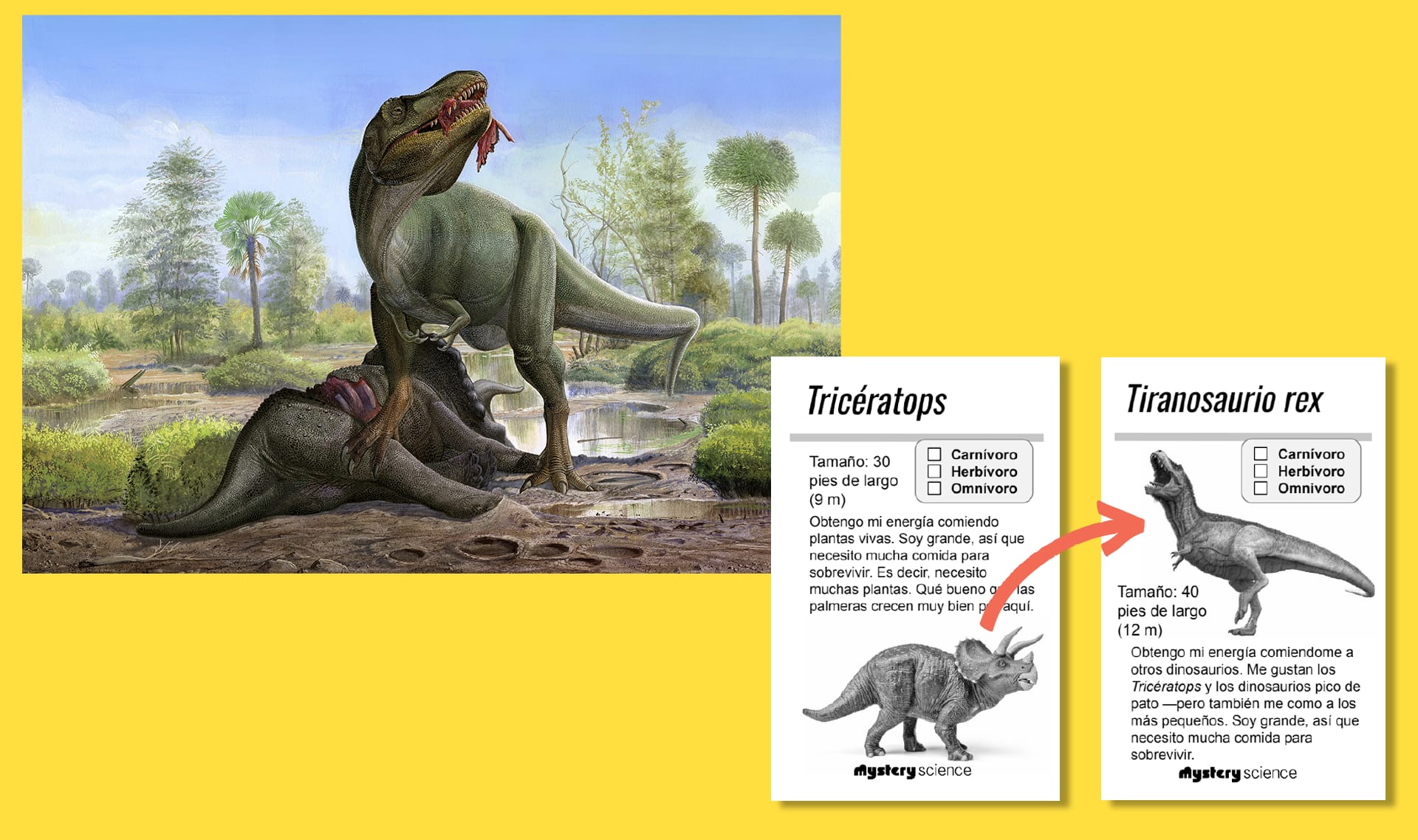
modelo
16 de 17
una versión de mentiras de algo que los científicos usan cuando la cosa de verdad es algo demasiado grande, pequeño, o complicado para poder usarlo en sus estudios
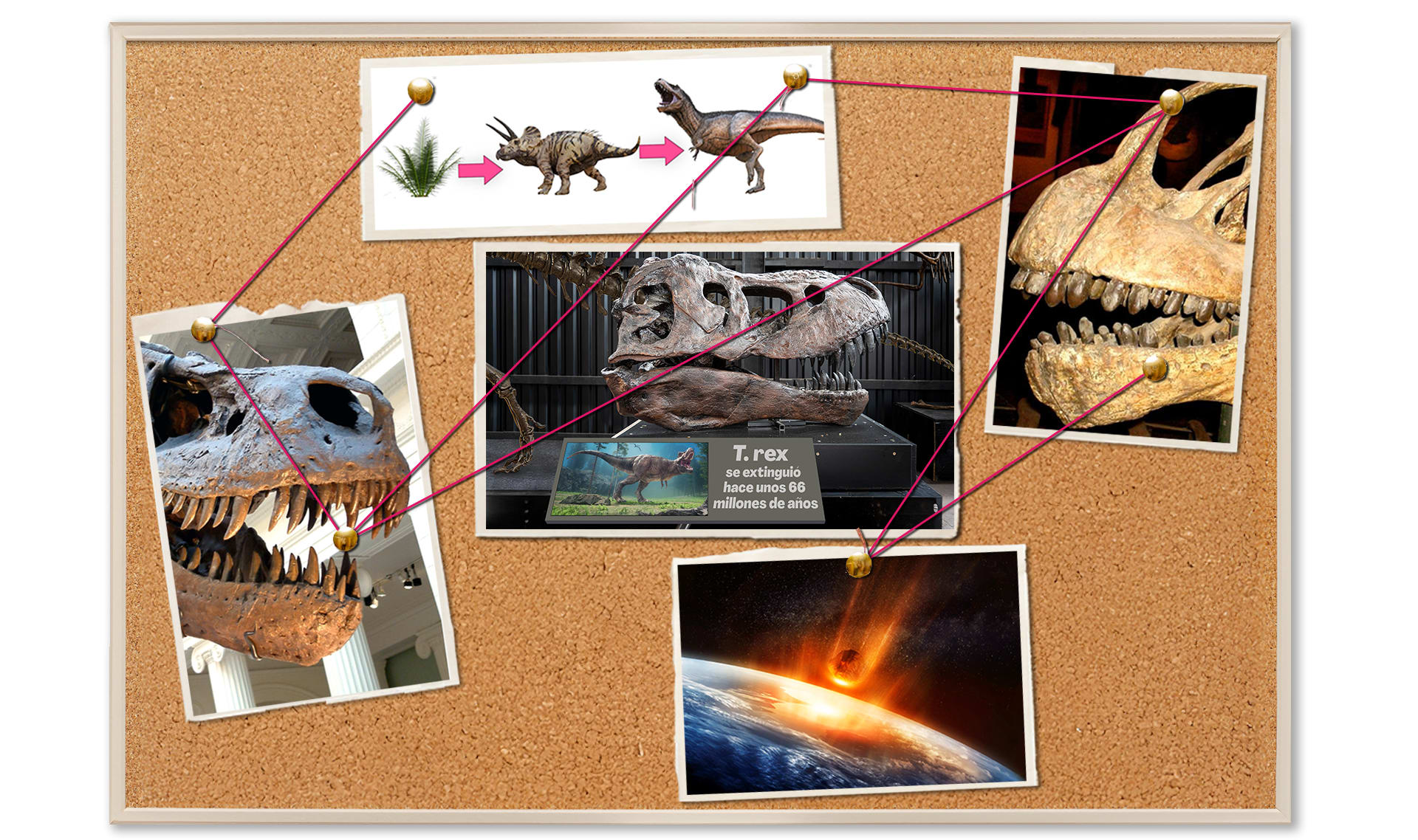
evidencia
17 de 17
información que puede ser usada para respaldar o rechazar una idea

